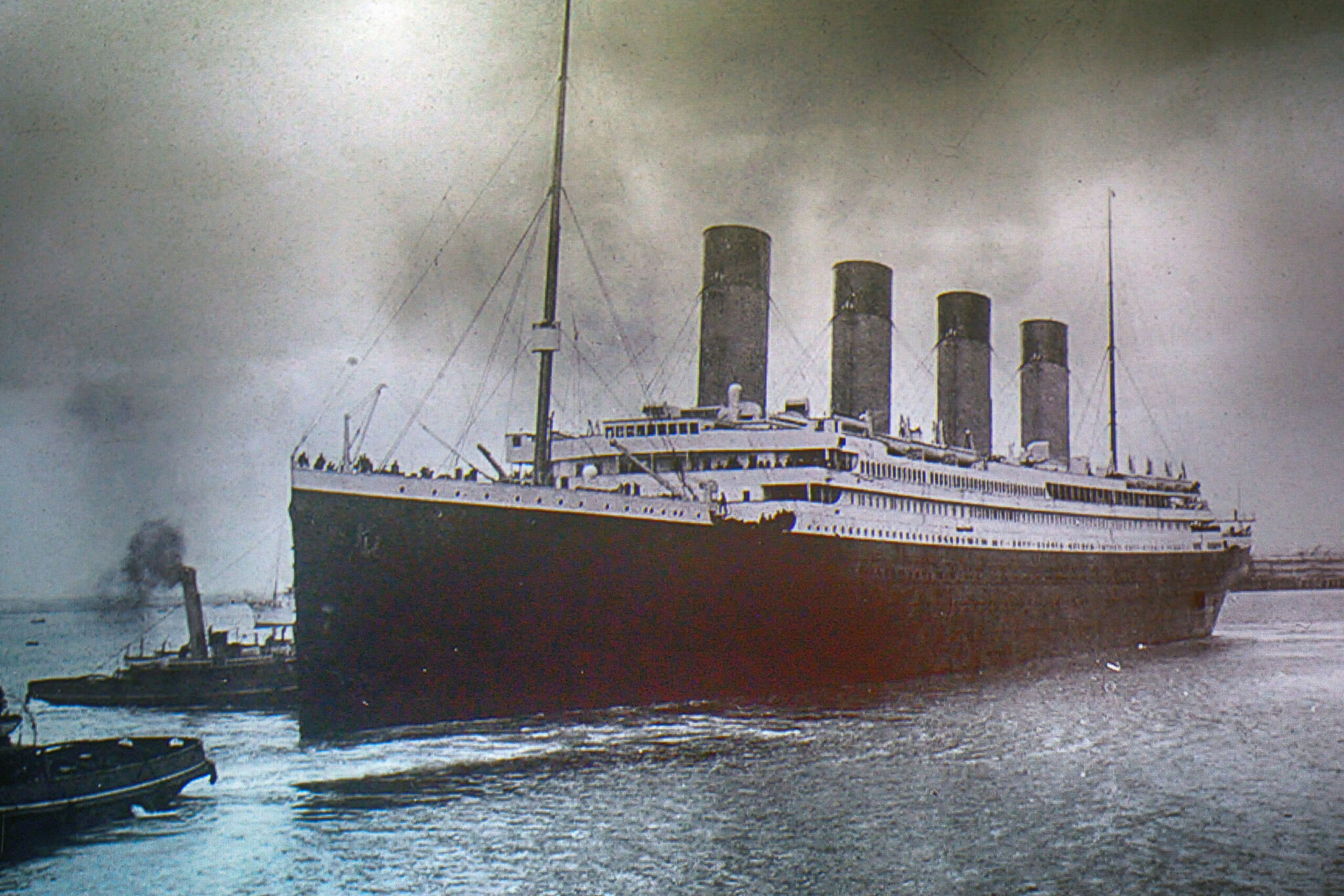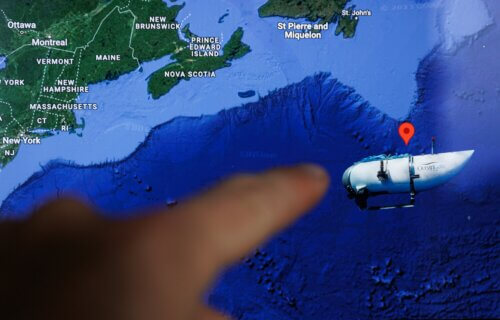The four day-long search for the missing Titan submersible has come to a tragic end. Reports have confirmed the vessel was subject to a “catastrophic implosion” at some point during its voyage towards the Titanic shipwreck, which would have killed all five passengers instantly.
A debris field comprising “five different major pieces of debris” of various sections of the submersible was found on the sea floor by a remotely operated vehicle, about 500 meters away from the bow of the Titanic, officials said. These findings are in line with previous news that an acoustic signature “consistent with an implosion” was detected by the U.S. Navy on the same day the Titan began its descent.
The navy’s seabed sensors detected the signature in the general area the vessel was diving when it lost communication with its mothership. At the time the signature was considered “not definitive.”
What is a ‘catastrophic implosion’?
We can assume the implosion actually happened on the first day of the dive – but perhaps not exactly at the same time communication was lost with the mothership. But why did it happen?
Most, if not all, submersibles and submarines operating at depth have a pressure vessel made of a single metallic material with high yield strength. This is typically steel for relatively shallow depths (roughly less than 300m), or titanium for deeper depths.
A titanium or thick steel pressure vessel is usually a spherical shape that can withstand the crushing pressures you might expect at 3,800m – the depth at which the Titanic wreck lies.
The Titan, however, was different. It’s pressure vessel was made of a combination of titanium and composite carbon fiber. This is somewhat unusual from a structural engineering perspective since, in a deep diving context, titanium and carbon fiber are materials with vastly different properties.

Titanium is elastic and can adapt to an extended range of stresses without any measurable permanent strain remaining after the return to atmospheric pressure. It shrinks to adjust to pressure forces, and re-expands as these forces are alleviated. A carbon-fiber composite, on the other hand, is much stiffer and does not have the same kind of elasticity.
We can only speculate about what happened with the combination of these two technologies, which do not dynamically behave the same way under pressure.
But what we can say almost certainly is that there would have been some kind of loss of integrity due to the differences between these materials. A composite material could potential suffer from “delamination,” which leads to a separation of the layers of reinforcement.
This would have created a defect which triggered an instantaneous implosion due to the underwater pressure. Within less than one second, the vessel — being pushed down on by the weight of a 3,800m column of water — would have immediately crumpled in from all sides.
A debris field was discovered within the search area by an ROV near the Titanic. Experts within the unified command are evaluating the information. 1/2
— USCGNortheast (@USCGNortheast) June 22, 2023
The final moments
When everything is designed, manufactured and tested perfectly, you’ve got a shape close enough to perfection that can withstand the overall pressure being applied from all directions. In this scenario, the material can “breathe” – shrink and expand as needed with depth. The Titan’s implosion means this was not happening.
The implosion itself would have killed everyone within less than 20 milliseconds. In fact, the human brain can’t even process information at this speed. As much as the news is devastating, perhaps it is somewhat reassuring the Titan’s passengers would not have suffered a terrifying and drawn-out end. ![]()
Article written by Eric Fusil, Associate Professor, School of Electrical and Mechanical Engineering, University of Adelaide
This article is republished from The Conversation under a Creative Commons license. Read the original article.

There are sea creatures that can live down there. Amazing.